Coins have always been an essential part of history, reflecting the culture, economy, and artistry of their time. Over the years, many have vanished from everyday use, either due to changes in currency systems, rising metal values, or the passage of time. These once-common coins are now rare collectibles, sought after by enthusiasts and historians alike. Each tells a unique story about why it disappeared and what makes it special today. Below is a closer look at some of the rare coins that have disappeared from circulation, offering a glimpse into their fascinating history and legacy.
Lincoln Wheat Cents
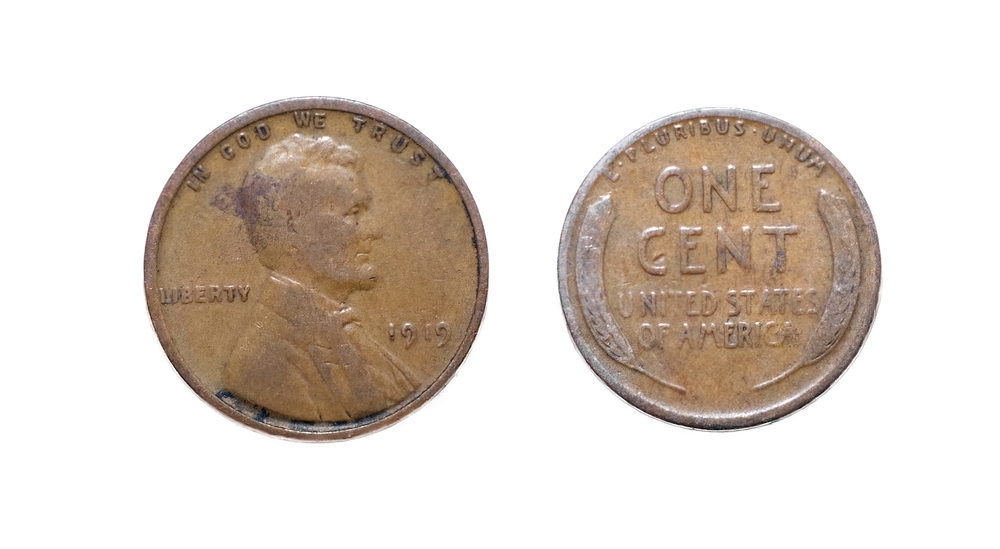
Introduced in 1909, the Lincoln Wheat Cent featured wheat ears on its reverse side and was minted until 1958. By the early 1960s, they began disappearing from circulation as collectors and bullion enthusiasts recognized their historical value and higher copper content. The rising price of copper made these cents worth more than their face value, prompting many to hoard them. Today, while billions were originally minted, only a fraction remain in circulation, with many preserved in private collections. Certain rare dates and mint marks, such as the 1909-S VDB and the 1914-D, are especially sought after by collectors. The transition to the Lincoln Memorial reverse in 1959 marked the end of the Wheat Cent era. Their disappearance from everyday transactions underscores the impact of metal value on coin circulation.
Jefferson Nickels (Pre-1960)
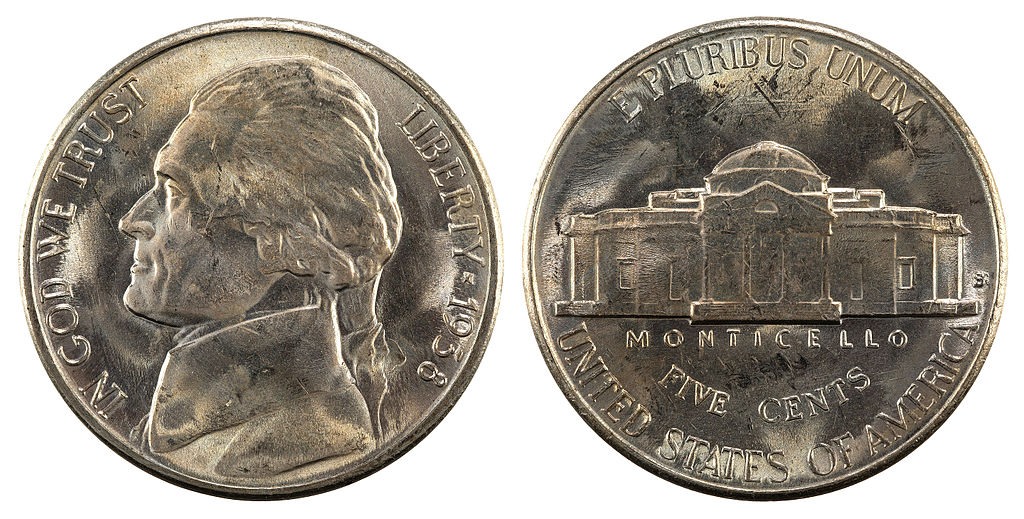
Jefferson Nickels minted before 1960, particularly those from the 1940s and 1950s, have become scarce in circulation. Factors contributing to their disappearance include their age, collector interest, and the silver content in “war nickels” produced from 1942 to 1945. These war-time nickels contained 35% silver, making them valuable to bullion collectors. Over time, many of these were removed from circulation, either hoarded for their metal content or collected for their historical significance. While billions were minted, the number available in everyday transactions has dwindled significantly. Collectors often seek out specific mint marks and years, such as the 1950-D, which had a notably low mintage. The gradual disappearance of these nickels highlights the influence of metal composition and collector interest on coin circulation.
Standing Liberty Quarters
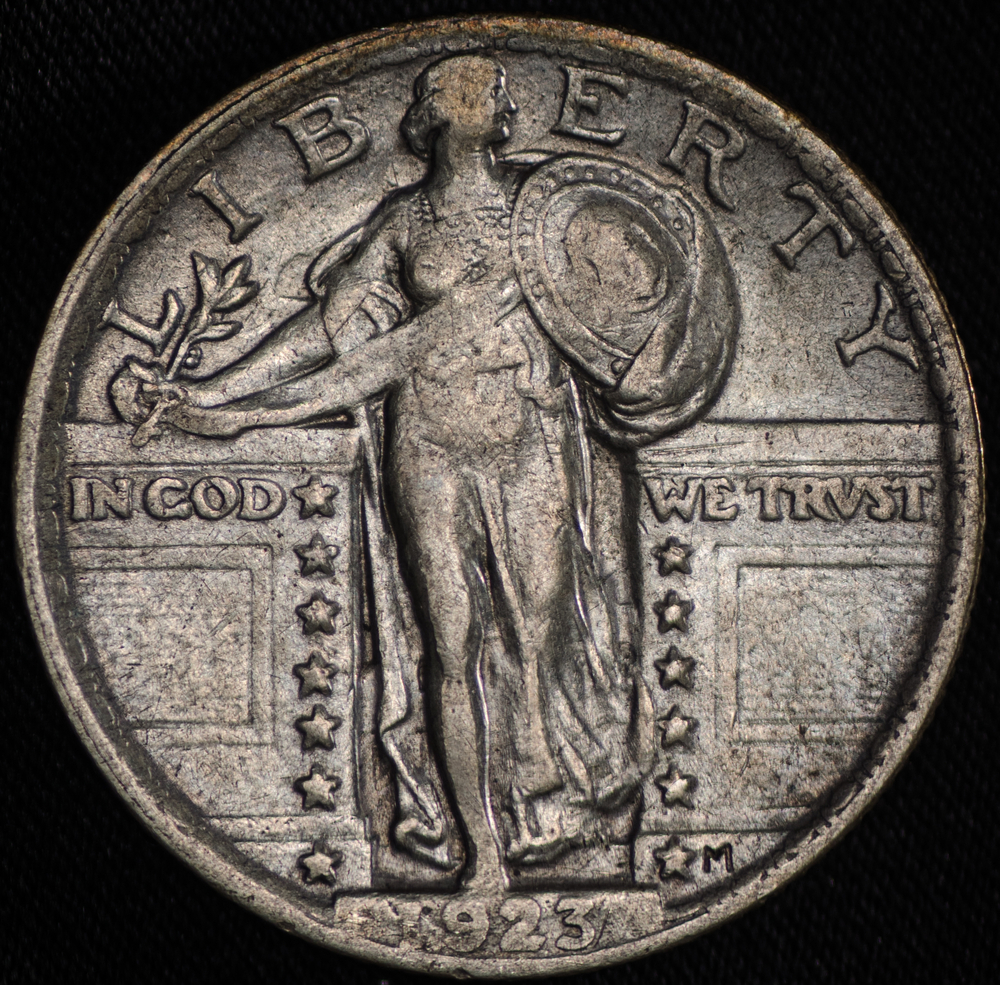
Minted from 1916 to 1930, the Standing Liberty Quarter featured a depiction of Liberty holding a shield and an olive branch. Due to their high silver content and the passage of time, these quarters became increasingly rare in circulation by the mid-20th century. The introduction of the Washington Quarter in 1932 further accelerated their withdrawal from everyday use. Many were melted down for their silver during periods of high demand, reducing their numbers even further. Certain dates, like the 1916 and the 1927-S, are now extremely rare and valuable. The design itself has become iconic, representing a period of artistic innovation in U.S. coinage. Its rarity today reflects both its historical significance and the impact of silver’s fluctuating value on coin survival.
Buffalo Nickels
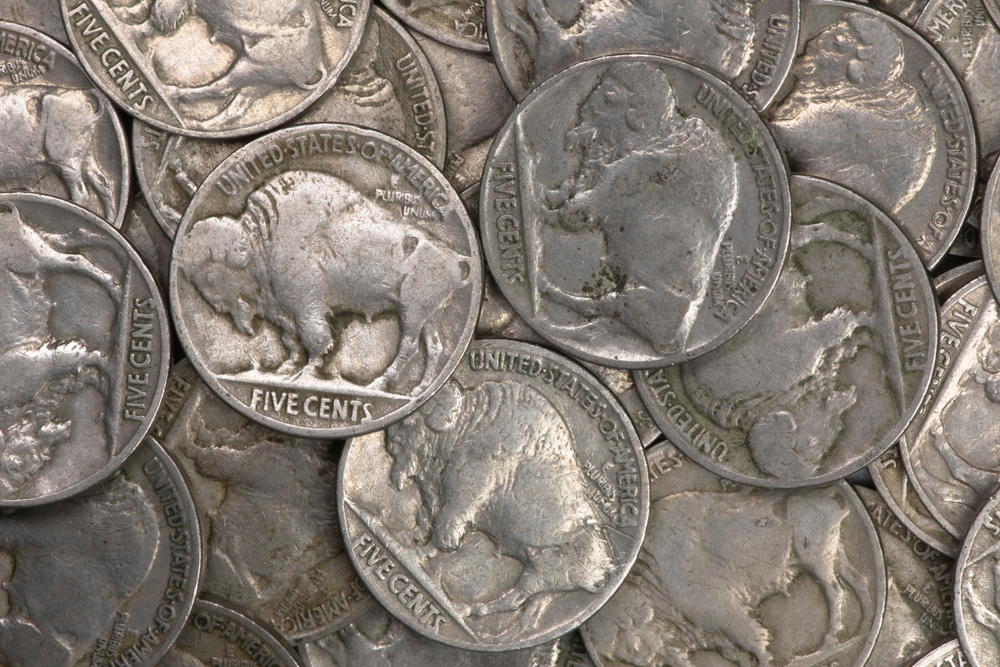
The Buffalo Nickel, minted from 1913 to 1938, featured a Native American profile on one side and an American bison on the other. Despite its popularity, it began disappearing from circulation shortly after production ended, partly due to its age and unique design attracting collectors. Its raised details also made it prone to wear, which reduced the number of legible examples over time. Some were even altered for novelty purposes, further reducing the pool of high-quality specimens. Specific mint years, such as the 1913-S Type 2 and the 1937-D “three-legged” variety, are particularly sought after. Many were melted down during World War II for their nickel content. Today, they are treasured pieces of Americana, with fewer examples remaining in circulation due to their collectible status and fragile design.
Morgan Silver Dollars
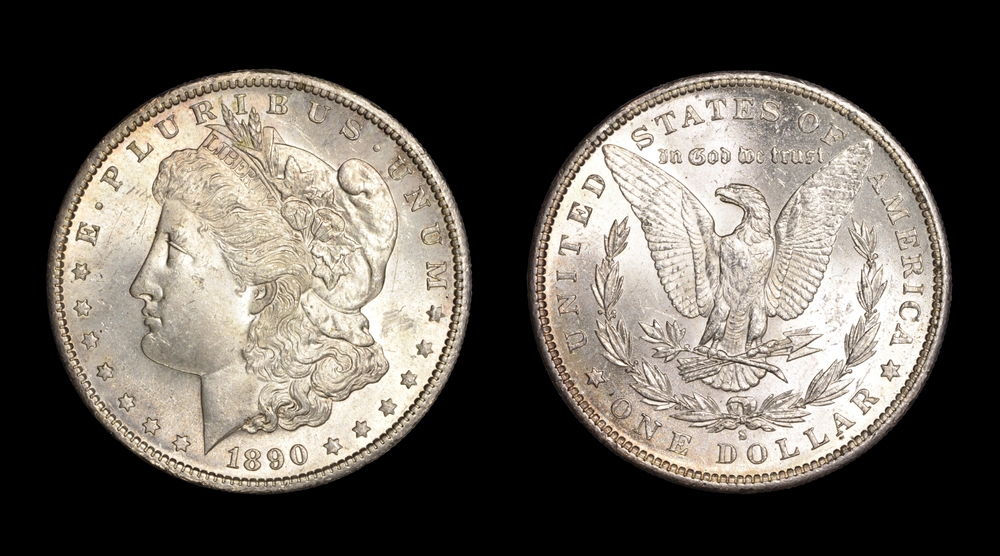
Morgan Silver Dollars were minted from 1878 to 1904 and briefly in 1921, becoming a favorite among collectors for their large size and intricate design. Its 90% silver content made it a target for melting during periods of high silver demand. Many were also withdrawn from circulation and stored in U.S. Treasury vaults, only to be released in the mid-20th century when their collectible value surged. While millions were minted, certain dates, such as the 1893-S, are exceedingly rare due to low mintage numbers. Its popularity has grown over the years, with collectors paying premiums for well-preserved examples. Despite their initial abundance, their disappearance from circulation highlights the influence of silver price fluctuations and collector enthusiasm. Today, they remain a cornerstone of American coin collecting.
Indian Head Pennies
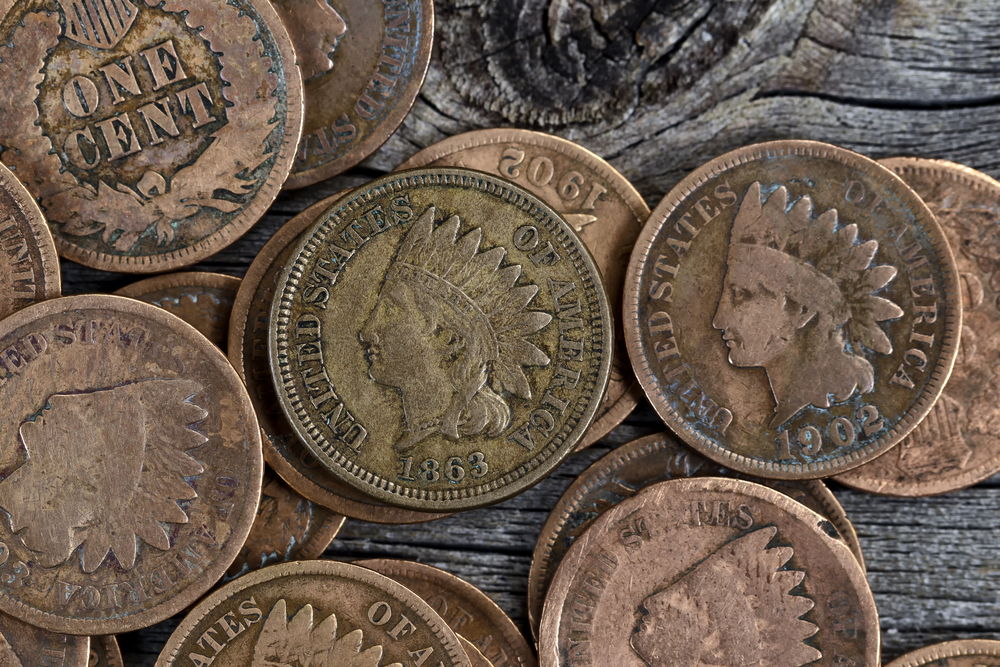
The Indian Head Penny, minted from 1859 to 1909, is another iconic coin that has virtually vanished from everyday transactions. Its replacement by the Lincoln Cent in 1909 began its gradual retreat into collector circles. Composed of 95% copper, many of these pennies were melted down during times of economic distress or rising metal prices. Rare issues, such as the 1877 and 1909-S, are now considered highly valuable among numismatists. Its distinctive design and historical connection to the Civil War era further contribute to its appeal. Over time, circulation wear and hoarding have left only a small fraction of the original mintage in existence. It remains a symbol of 19th-century American craftsmanship, with its scarcity in modern circulation adding to its allure.
Mercury Dimes
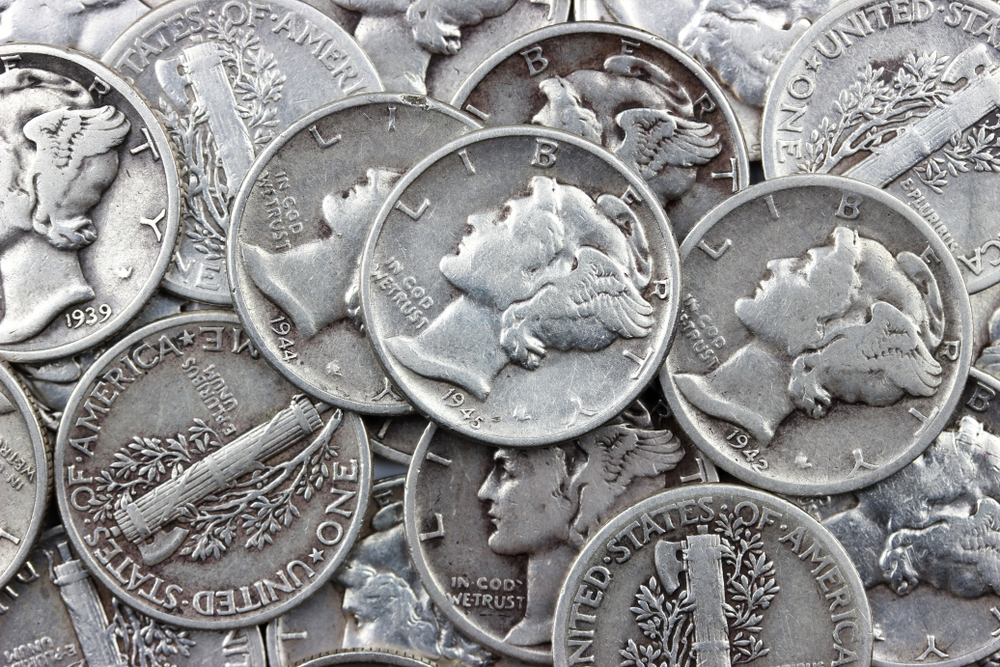
Mercury Dimes, minted from 1916 to 1945, are among the most beautiful coins in U.S. history, featuring a winged Liberty Head symbolizing freedom of thought. They were widely circulated until being replaced by the Roosevelt Dime in 1946. Its 90% silver content made it a prime candidate for melting during silver booms, particularly in the 1960s. Some of the rarer dates, like the 1916-D, are now highly sought after by collectors. Additionally, the small size of the dime contributed to many being lost or damaged over time. While billions were produced, few remain in circulation today, with most held in collections. Its scarcity reflects both its aesthetic appeal and the impact of silver’s market value.
Barber Quarters
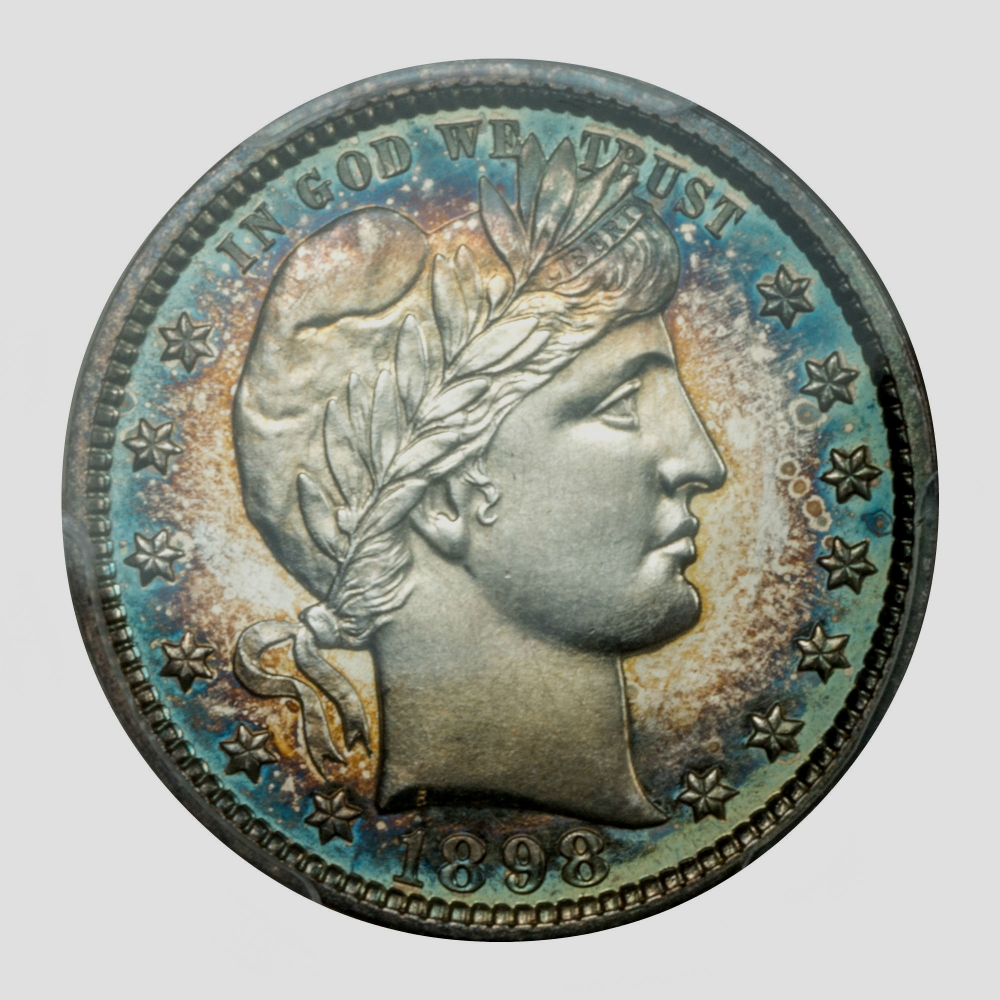
Barber Quarters were minted from 1892 to 1916 and featured a classic design by Chief Engraver Charles E. Barber. They gradually disappeared from circulation after the introduction of the Standing Liberty Quarter. Its high silver content led to many being melted down during periods of economic turmoil, particularly during the Great Depression and World War II. Rarer dates, such as the 1901-S, are now highly coveted by collectors. The design, while simple, has a timeless quality that appeals to numismatists. Over time, circulation wear and collector interest further reduced their availability in everyday use. Today, they are prized relics of a bygone era in American coinage. Their rarity underscores the combined impact of design changes and silver demand.
Peace Dollars
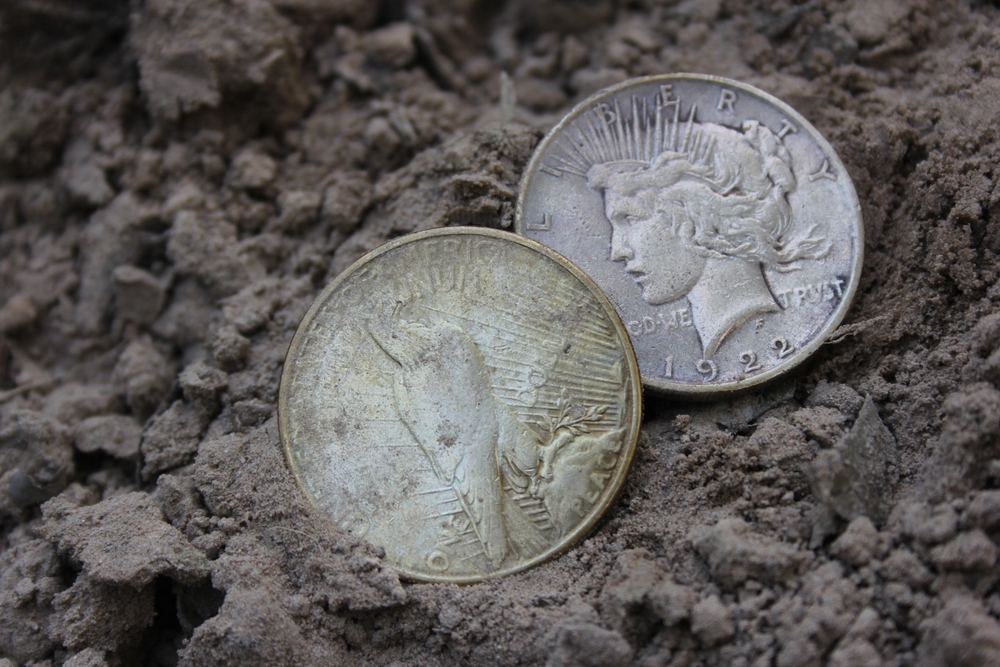
The Peace Dollar, minted from 1921 to 1935, was introduced to celebrate the end of World War I. Its high silver content made it an attractive target for melting during subsequent silver booms. It also suffered from low circulation levels, as it was primarily used for international trade and banking reserves. Certain dates, such as the 1928 and 1934-S, are particularly rare due to low mintages. Many were withdrawn from circulation and sold to collectors or investors, further depleting their availability. The intricate design depicting Liberty and an eagle added to its collector appeal. Today, they are cherished as symbols of hope and resilience, with surviving examples highly valued by collectors.
Trade Dollars
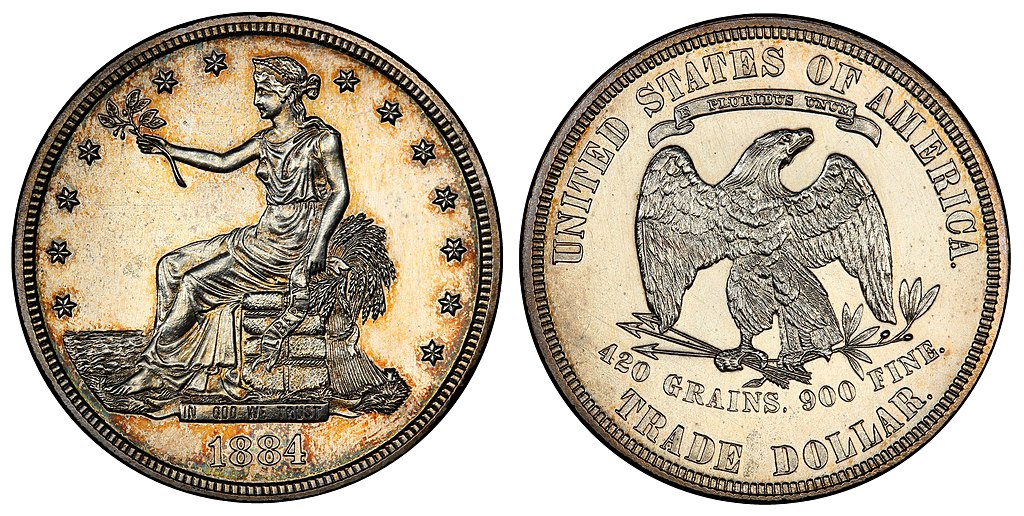
Trade Dollars were minted from 1873 to 1885 specifically for trade with Asian markets. However, they quickly fell out of favor domestically due to their higher silver content making them susceptible to counterfeiting. Many were either melted down or exported, significantly reducing their availability in the U.S. Rarer issues, such as the 1884 and 1885 Trade Dollars, are now among the most valuable U.S. coins. Its unique purpose and eventual withdrawal from circulation make it a fascinating chapter in American monetary history. Today, surviving examples are highly sought after, particularly those in excellent condition. Its rarity highlights the challenges of creating a coin specifically for international use.
Draped Bust Half Cents
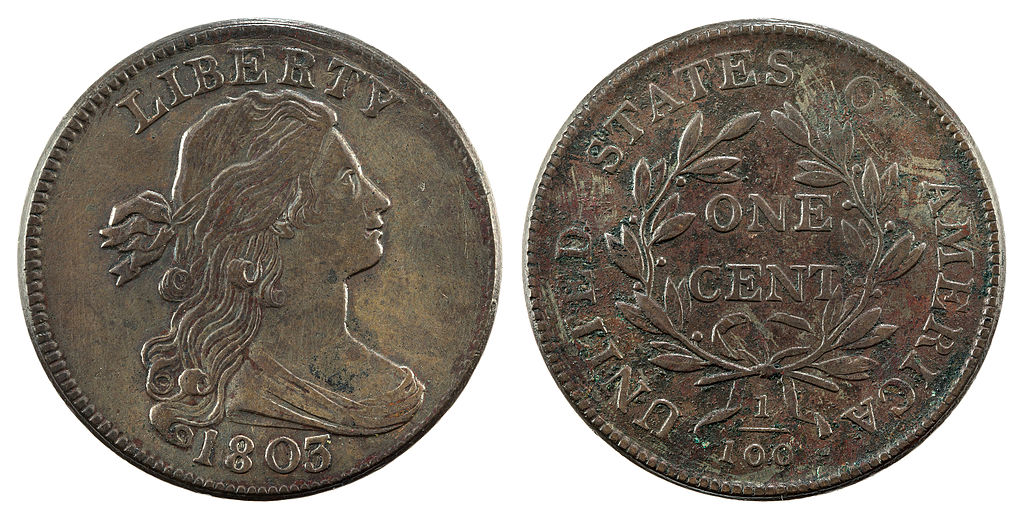
The Draped Bust Half Cent, minted from 1796 to 1807, is one of the earliest coins in U.S. history. Its low face value and limited production numbers made it unpopular, leading to its gradual disappearance from circulation. Many were melted down or lost over time, leaving only a small number in existence today. Rare dates, such as the 1796 and 1802, are now among the most prized coins for collectors. Its elegant design and historical significance add to its appeal. Today, they are considered treasures of early American coinage. Their rarity in modern times underscores the challenges of producing low-denomination coins in the 18th and early 19th centuries.
Seated Liberty Dimes
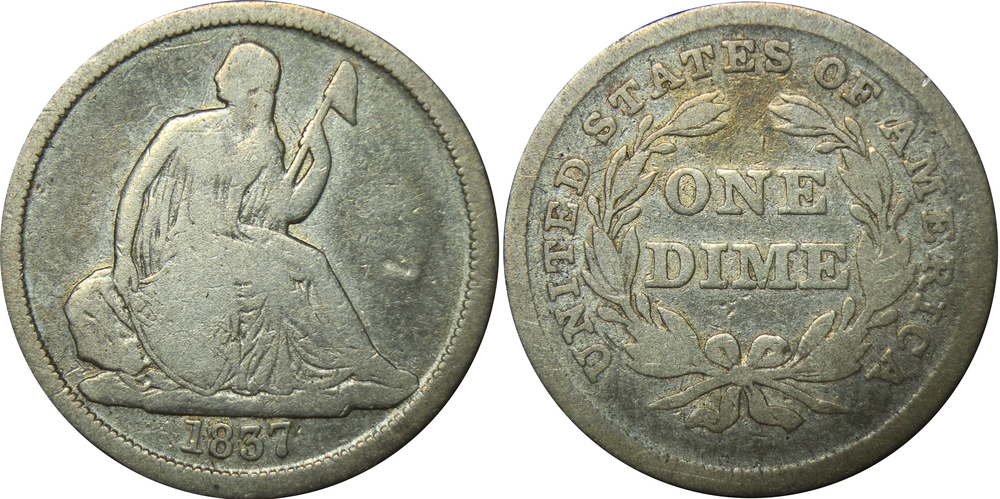
The Seated Liberty Dime, minted from 1837 to 1891, featured a depiction of Liberty seated on a rock, holding a shield. Its extended production run saw several design modifications, but it gradually disappeared from circulation after being replaced by the Barber Dime. Many were melted down for their silver content or lost due to their small size. Certain rarities, such as the 1873-CC “No Arrows,” are now highly valuable among collectors. Its disappearance reflects both its age and the evolution of U.S. coin designs. Today, surviving examples of it are prized pieces of numismatic history. Their scarcity highlights the challenges of preserving smaller, older denominations.
This article originally appeared on Rarest.org.
More from Rarest.org
16 Classic Trucks That Defined American Roadways
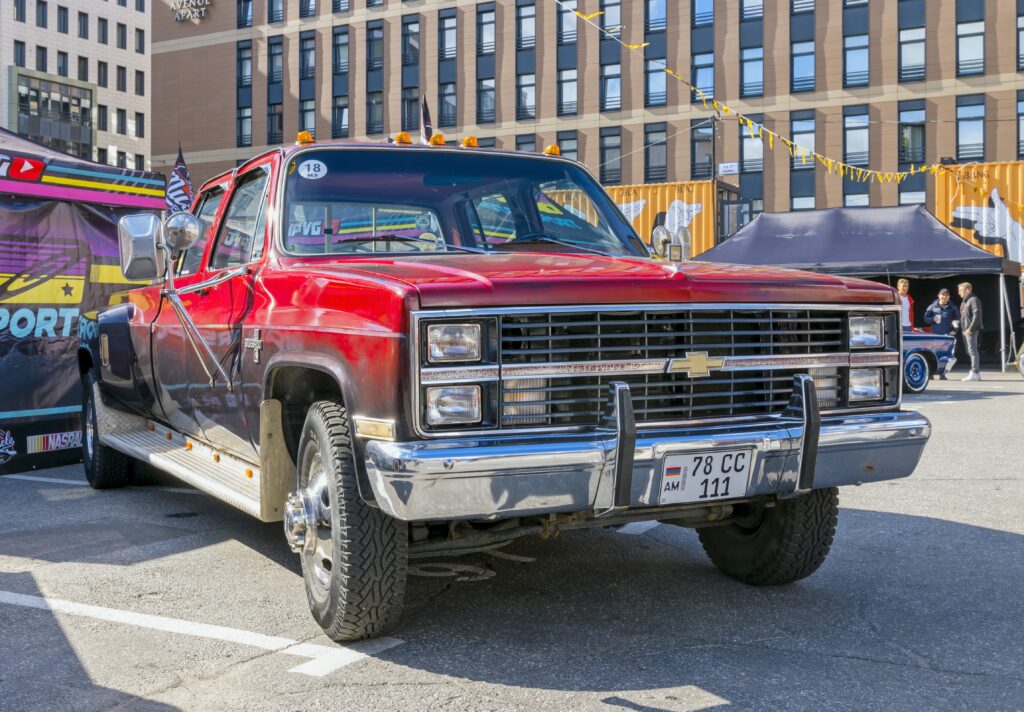
Classic trucks have long been a backbone of American roadways. Built for durability and performance, these trucks have earned their place in history. The following list highlights the most iconic trucks that shaped American driving culture. Read More.
22 Unusual Insects Native to the World`s Most Remote Jungles

Deep within the world’s most remote jungles, some insects defy the imagination. These creatures are often stunning, bizarre, and unlike anything you might find in your backyard. Read More.
15 Lesser-Known Species on the Brink of Extinction

Many species around the world are facing the threat of extinction, but not all of them are well-known. While efforts to save popular animals like pandas and tigers often make headlines, lesser-known species are quietly disappearing at an alarming rate. Read More.
